Failte gu Alba! (Welcome to Scotland!)
Caroline Donovan ·Participating in the International Marine Conservation Congress (IMCC) 3rd Annual Conference, August 14-18 2014 at Glasgow, Scotland
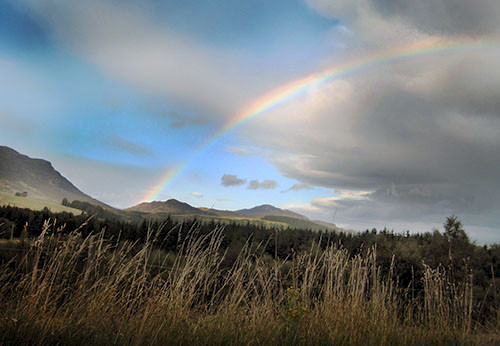
I traveled to the International Marine Conservation Congress' (IMCC) conference in Scotland in part because I wanted to visit Scotland - land of Scottish brogues, whisky, and wild, mountainous landscapes! But, more so because marine conservation is a key aspect of protecting and preserving our world and is very important to me.
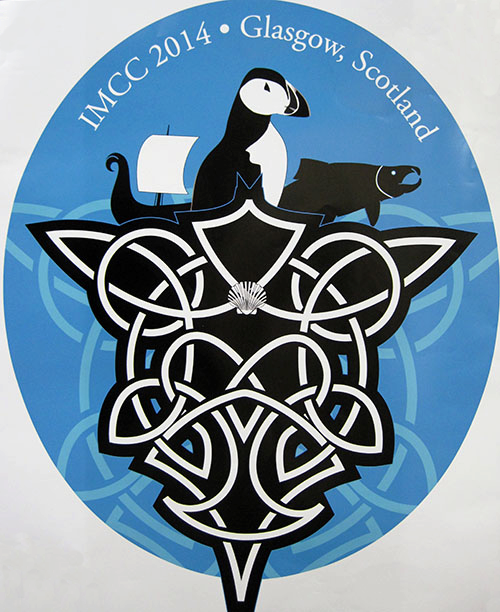
This conference highlighted the amazing research and science that is occurring throughout the world’s Marine Protected Areas (MPAs). But, it also focused on the way that combining science with policy can affect change.

In session after session, I heard inspiring stories of kids volunteering their time to monitor water quality, fishermen coming to their government to demand enforcement of protected habitats, and collaborations between nongovernmental organizations with small island states to preserve traditional ways of life while also protecting coral reefs. While we all may shrug our shoulders and think, just another conference, these meetings rejuvenate us and re-inspire us to continue our work in marine science and conservation.
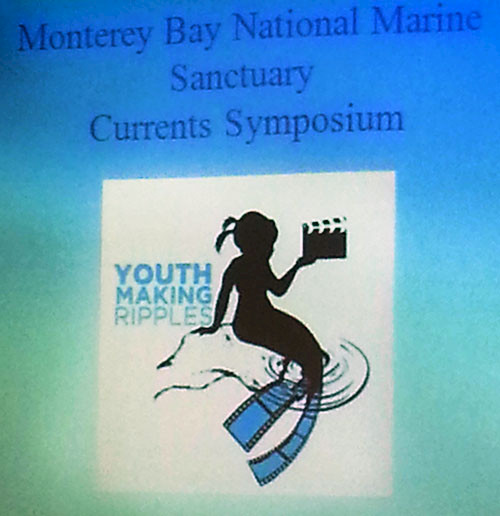
The Integration & Application Network (IAN) was invited to participate in the Science-to-Action session during the IMCC 3rd Annual Conference. As part of this session, I wanted to make a display table that was welcoming to all the participants in the session because the goal was to get everyone to walk around and visit each table. I set up the table with IAN products, such as report cards, newsletter, and reports, but I made sure to focus on products that were directly relevant to MPAs but diverse in design, scope, and topics. This was what the audience was there to see.
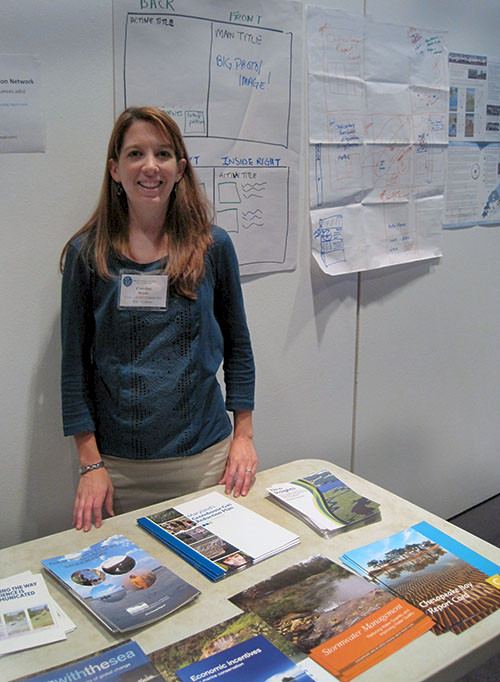
Furthermore, on the wall, I set up sketched butcher paper that showed the progression from newsletter mockup to final, printed product. This is what we call at IAN “storyboarding”. Storyboarding is used to draw out the key elements of each product from the minds of our partners. The elements of storyboarding include active titles, key messages, and identified key photos, maps, or images. Storyboarding provides such an interactive, clarifying role in our facilitated meetings that we use it in-house with just a few of us in the office.
The conference was held at the Scottish Exhibition and Conference Centre (SECC) directly on the River Clyde in Glasgow, Scotland. Glasgow is the largest city in Scotland and is considered to have one of the more milder climates in Scotland. There are an average of 167 rainy days in Glasgow!
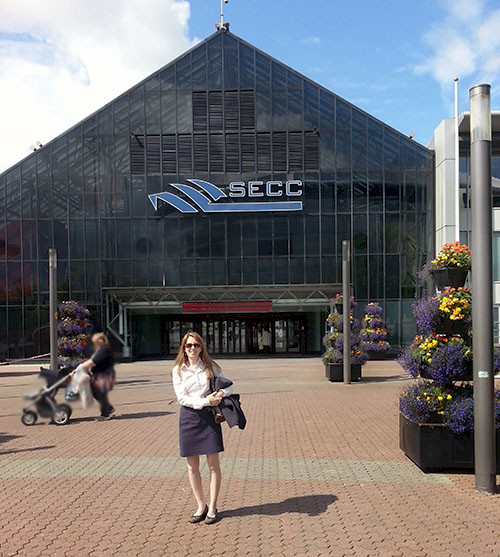
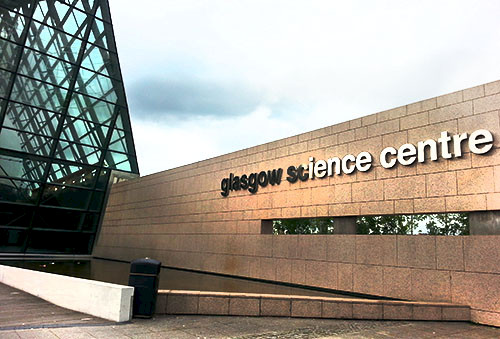
While Glasgow is the largest city, Scotland is better known for its countryside, with sheep pastured next to babbling brooks, mountains rising up behind the sheep, and stone houses protected by those mountains. Hopefully in the future, Scotland will also be known for its 30 new Marine Protected Areas, covering 10% of its waters, which was just voted into law in July 2014. These MPAs mark a commitment to preserving marine diversity for the future. I look forward to hearing about the progress of these MPAs at the next International Marine Conservation Congress conference!

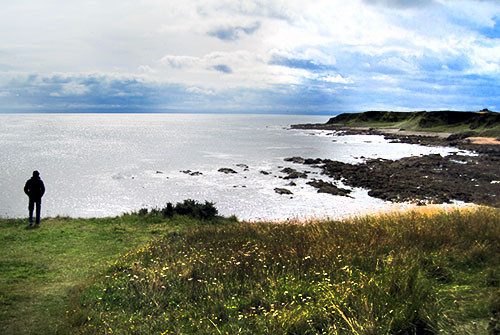
About the author
Caroline Donovan

Ms. Caroline Donovan oversees program and project management, science communication, and data analysis at UMCES-IAN. She has over 15 years of experience with ecosystem health report cards, science communication products, stakeholder engagement, and citizen science and volunteer monitoring. Ms. Donovan has worked extensively in the fields of science integration and communication, facilitation, and program management and administration. Ms. Donovan received a Bachelor of Science in Biology from University of North Carolina - Wilmington in 2002 and a Master of Science in Biological Oceanography from University of Maryland - College Park in 2005.
Next Post > Insights on story-telling from the salmon in the tree
Comments
-
Jane Way 11 years ago
Great job Caroline. A very interesting read! Keep up the good work.
-
Christine Madison 11 years ago
I am happy to hear that young people are so involved in making sure our waterways and oceans are preserved. It is no secret that we must work together globally because we all drink out of "one well" and we each must take some responsibility for the future of this marvelous planet.
-
Sara 11 years ago
Awesome work, Caroline! Great post. :)

